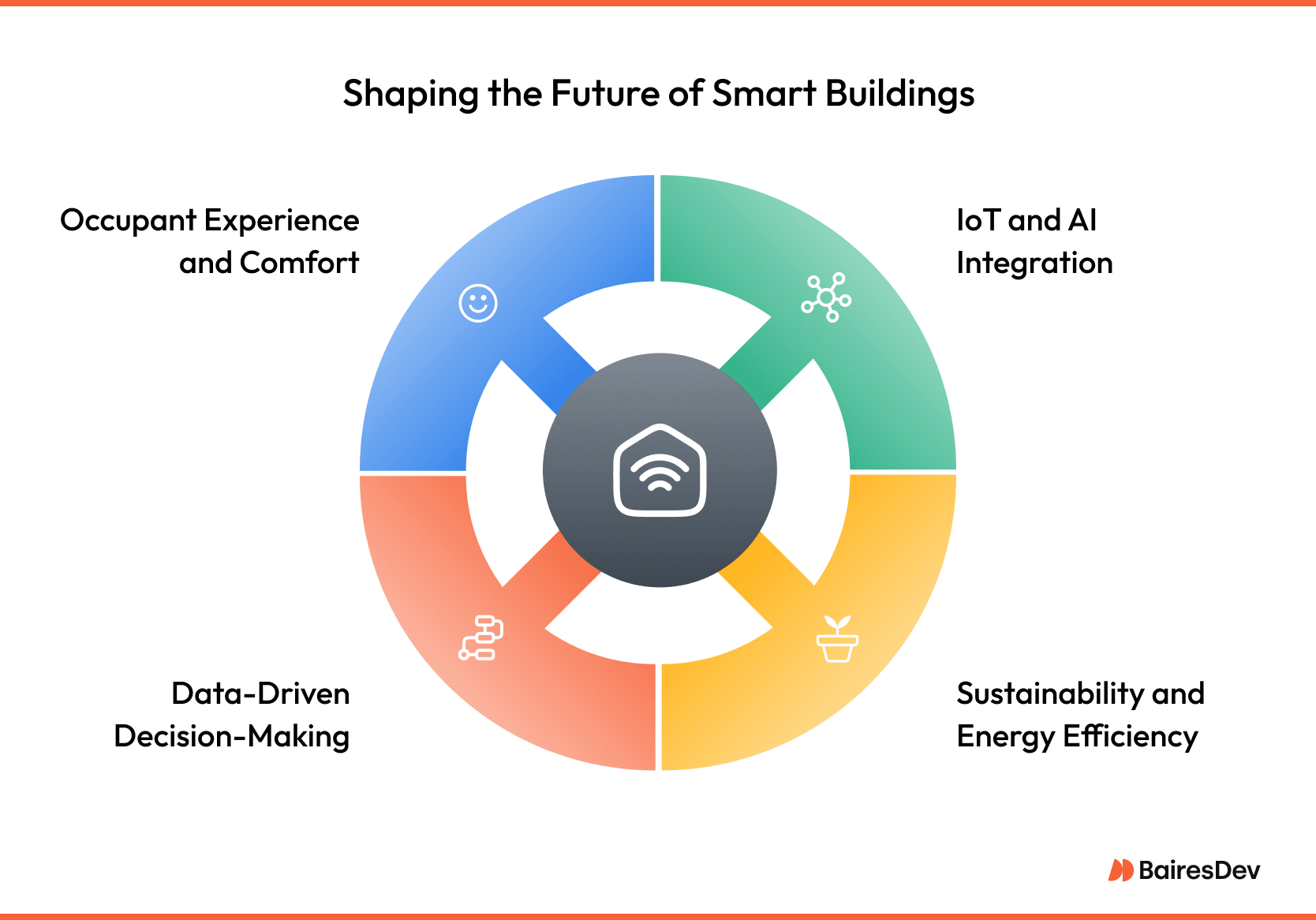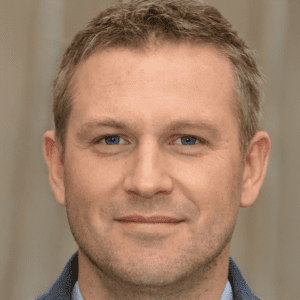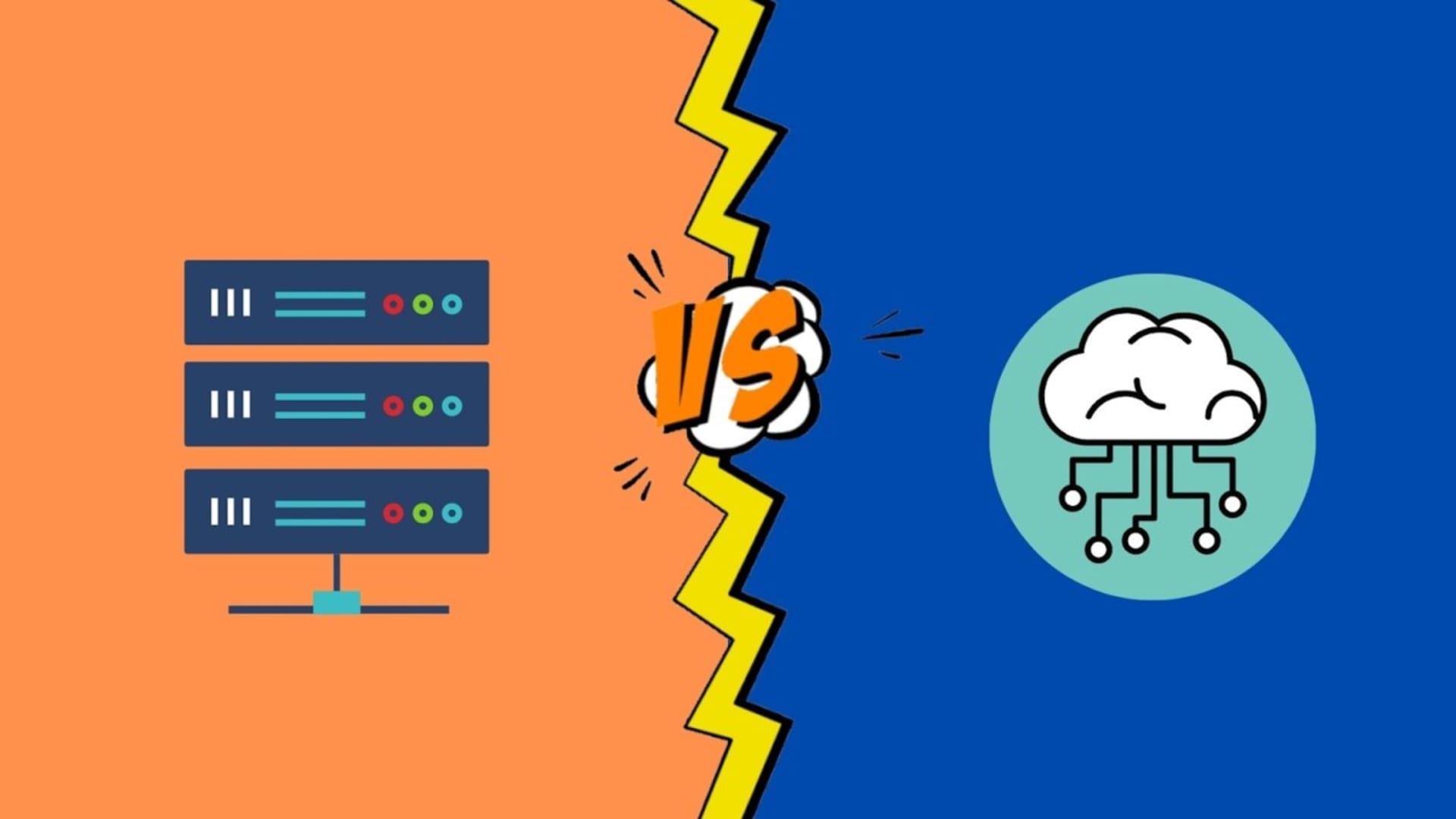Commercial real estate is still reeling from the pandemic, and rising costs are pushing enterprises to adopt smart building solutions to boost efficiency.
Energy costs, return-to-office mandates, and sustainability concerns are some of the reasons why organizations are rethinking how they manage their physical footprint. The hybrid work model is prompting additional efficiency concerns.
For enterprises managing $100M+ in real estate, smart building tech is becoming a CAPEX strategy.
Intelligent Building Technology
Intelligent buildings are changing the way we interact with and manage our physical spaces, and demand for automation systems is steadily expanding.
The global smart building market size is predicted to increase from USD 111.51 billion in 2025 to approximately USD 277.92 billion by 2034, with a CAGR of 10.70% from 2025 to 2034.

In commercial facilities, smart systems can manage lighting, heating, and cooling to ensure optimal energy consumption. They optimize environmental conditions to support employee focus and performance.
They also give real-time data across entire portfolios, which is increasingly critical for teams managing multiple sites.
For many organizations, investing in smarter infrastructure is a way of staying competitive. On a more granular level, technology also helps prevent disruptions to business operations.
Strategic Drivers for the Smart Buildings Market
Smart systems reduce the burden on facilities management teams and IT teams by centralizing control. Building managers can now rely on real-time data collected from interconnected systems to support their operations and decision-making processes.
For example, a smart building can adjust airflow based on CO₂ levels, dim lights in unoccupied areas, or trigger maintenance alerts before equipment fails. These systems operate through standard protocols like BACnet and Modbus, allowing interoperability across different devices.
But successful enterprise adoption depends on more than just the tech stack. It requires cross-functional collaboration between facilities, IT, security, and compliance teams. Buy-in from building owners is a must, too.
Integration with legacy BMS, data governance, and access controls are frequent sticking points, but they are manageable with the right expertise.
How Smart Buildings Support Sustainability Goals
One of the biggest contributors to the greenhouse effect is our urban environment (approximately 40% of the greenhouse gas emissions come from it).
Smart buildings directly reduce environmental impact through real-time control of energy and resource use. All driven by real-time data and smart building automation.
Facility managers can track real-time energy use at the asset level using platforms like IBM’s Envizi or Schneider Electric’s EcoStruxure. Access control systems and building automation platforms now commonly include protocols to shut down non-essential systems after hours, further minimizing waste.
For example, occupancy-based automation ensures lighting and HVAC systems run only when needed, which can cut energy use by up to 30%, according to the U.S. Department of Energy. Smart air conditioning systems are becoming commonplace in residential buildings, too.
Cybersecurity is becoming essential for protecting these connected systems, especially as Internet of Things (IoT) devices expand into commercial buildings.
On the tenant side, user-facing dashboards can show individual or unit-level energy usage, encouraging behavioral change and helping meet broader sustainability targets.
This not only reduces emissions but also lowers utility costs, benefits that are increasingly important under ESG reporting requirements.
Incorporating Smart Building Systems Into Business Strategy
Incorporating smart building infrastructure into a business strategy is about unlocking long-term value by boosting efficiency across the board.
Many companies adopt isolated smart tools and automated processes. However, large organizations are taking a portfolio-wide view—deploying integrated intelligent building systems and managing them through centralized platforms built on smart building software.
Connectivity, security, and scalability are standard, so what is the differentiator? It’s how well the systems support business goals.
For companies focused on operational efficiency, sustainability, and employee experience, smart systems offer a clear path forward with some help from artificial intelligence and machine learning.
Adoption Trends Of Smart Building Technology Systems
There is a multitude of smart building solutions available to meet the building goals of sustainability and eco-friendliness. Many major companies are already utilizing smart building tech in their everyday projects. Here are some examples:
Honeywell
Honeywell’s IoT solutions already span approximately 10 million buildings globally, reflecting the company’s deep footprint in the intelligent infrastructure space. One of its recent innovations is a mobile app that lets employees report comfort issues (e.g., heating or cooling problems) directly from their smartphones.
Verdigris Technologies
San Francisco-based Verdigris uses artificial intelligence to analyze data from electrical panels, identifying ways to optimize energy use and predict maintenance issues.
The company has raised about $15 million to date, including a $6.7 million round led by Jabil and Verizon Ventures. Verdigris is gaining traction in the hospitality sector, with clients like Hyatt, Marriott, and Starwood Hotels benefiting from reduced electricity consumption.
Smart Building Technology: Measurable Gains, Proven Impact
From energy optimization to improved employee comfort, smart building systems are delivering tangible benefits that go beyond innovation.
Operational Efficiency That Scales
Smart HVAC systems can cut energy use by up to 30%, and automated lighting systems can reduce electricity bills by 20–40%. A great example of increased energy efficiency is the Edge building in Amsterdam that uses 28,000 smart sensors to monitor lighting, temperature, and occupancy, resulting in 70% lower energy consumption than typical office buildings.
Energy and Sustainability That Hold Up Under Scrutiny
Meeting internal sustainability goals is tough, but your business should stay ahead of compliance standards.
Smart technology gives teams detailed energy usage data that’s easy to audit and act on. Predictive maintenance systems can detect equipment issues before they become expensive problems, reducing maintenance costs by up to 25% and unplanned downtime by up to 40%.
Improved Comfort
In office buildings, smart systems adjust lighting and temperature based on occupancy and time of day. This can improve employee comfort and productivity. Studies show that better air quality alone can boost productivity by up to 11%.
The result: fewer complaints, better air, and spaces that support how people work.
Smarter Real Estate Planning
Enterprise leaders need data to make smart decisions about existing buildings. Smart buildings provide it—usage trends, system performance, and environment metrics.
This helps teams rethink footprints, defer unnecessary spend, and plan capital investments with much more precision.

Internet of Things (IoT) Proliferation
Constructors install IoT devices inside buildings and give them the potential to monitor and control parameters crucial to the health and sustainability of the users, such as air quality and resource utilization metrics. The ability of a facility manager to monitor real-time performance and make decisions based on accurate information can be improved through the use of analytics-driven AI. For instance, data found in test dashboards record the current use of an area, the ratio of oxygen to carbon dioxide in the air, infectious disease threats, and other information about the environment.
Building Automation Gets Smarter
Building automation systems are evolving from static control layers into dynamic platforms that unify infrastructure and data. By connecting HVAC, lighting, security, and energy systems under a single interface, modern BAS platforms enable real-time optimization, predictive maintenance, and portfolio-wide visibility.
Digital Mapping and Digital Twins
One of the most effective and precise methods for deploying smart building technology is to produce a 1:1 digital clone of the building, often known as the “digital twin.”
A digital twin is a real-time, data-driven model of the building that mirrors physical conditions, helping teams simulate, monitor, and optimize operations.
For example, Resonai’s Vera builds live simulations in the cloud that are continuously updated to learn new things about their environments.
Improved Connectivity
None of this works without stable, high-performance connectivity. Wired and wireless coverage in the buildings can ensure system reliability and accurate smart building data. Smart infrastructure only performs as well as its network backbone allows.
Augmented Reality
AR is becoming a practical tool for complex facilities. It can guide technicians to equipment faults, support remote troubleshooting, and overlay real-time data in physical spaces.
When combined with digital mapping and IoT data, AR turns building operations into a more visual, interactive process—one that can shorten repair times and improve training consistency across teams.
Is Smart Building Design the Future of Sustainability?
Everything points in that direction. For enterprises under pressure to cut emissions, lower costs, and stay ahead of ESG reporting, smart technology is moving from optional to standard.
Basic features like smart lighting solutions and air quality sensors are now common, but the real impact comes from managing the entire environment as a single system. With the right setup, facilities teams can spot issues early, track performance down to individual assets, and reduce maintenance costs with fewer surprises.
This level of control is becoming key to compliance. As ESG regulations tighten and energy costs continue to rise, smart infrastructure gives companies the data and efficiency they need to stay ahead.
Making Buildings Smarter—and Business Operations Leaner
Smart building design is quickly becoming the new standard for enterprise infrastructure. The benefits go well beyond reducing energy consumption and improved efficiency.
What sets organizations apart isn’t the technology, but the way they integrate it across their portfolio and tie it to broader business goals. That takes the right partners. Teams that understand both the technical complexity and the operational demands of large-scale rollouts.
Whether you’re piloting smart building solutions in a single building or rolling them out across your portfolio, BairesDev helps enterprise clients implement secure, scalable smart infrastructure. We integrate edge devices, analytics platforms, and BMS APIs using experienced, full-time engineers familiar with large-scale rollouts and regulated environments.
Frequently Asked Questions
What are the most cost-effective smart building upgrades for enterprises?
Occupancy-based lighting and HVAC automation are often the fastest ROI. They reduce energy use by 20–30%. Smart sensors and centralized monitoring platforms also give your business quick gains.
What’s the ROI timeline for investing in smart building infrastructure?
Initial upgrades often pay back within 12–24 months thanks to energy savings. Full ROI depends on building age, scale, and systems integration.
What are the top cybersecurity risks in smart building deployments, and how are they mitigated?
Common risks include hackers gaining access to building systems, data leaks, and weak points in connected devices. To reduce these threats, organizations use tools like network segmentation, strong authentication, regular software updates, and real-time security monitoring. It’s also important to train staff and work with trusted vendors.
What metrics should the executive team track to evaluate ROI and impact?
Executives should focus on metrics like energy savings, reduced maintenance costs, system uptime, and how well spaces are being used. Tracking sustainability goals—like lower emissions or energy use—also helps show the broader impact of smart building investments.
How do smart buildings integrate with legacy BMS (Building Management Systems)?
Smart platforms connect with legacy BMS using open protocols like BACnet and Modbus. Gateways or middleware enable communication between old and new systems, allowing centralized control, real-time data, and added features like predictive maintenance, without a full system replacement.






